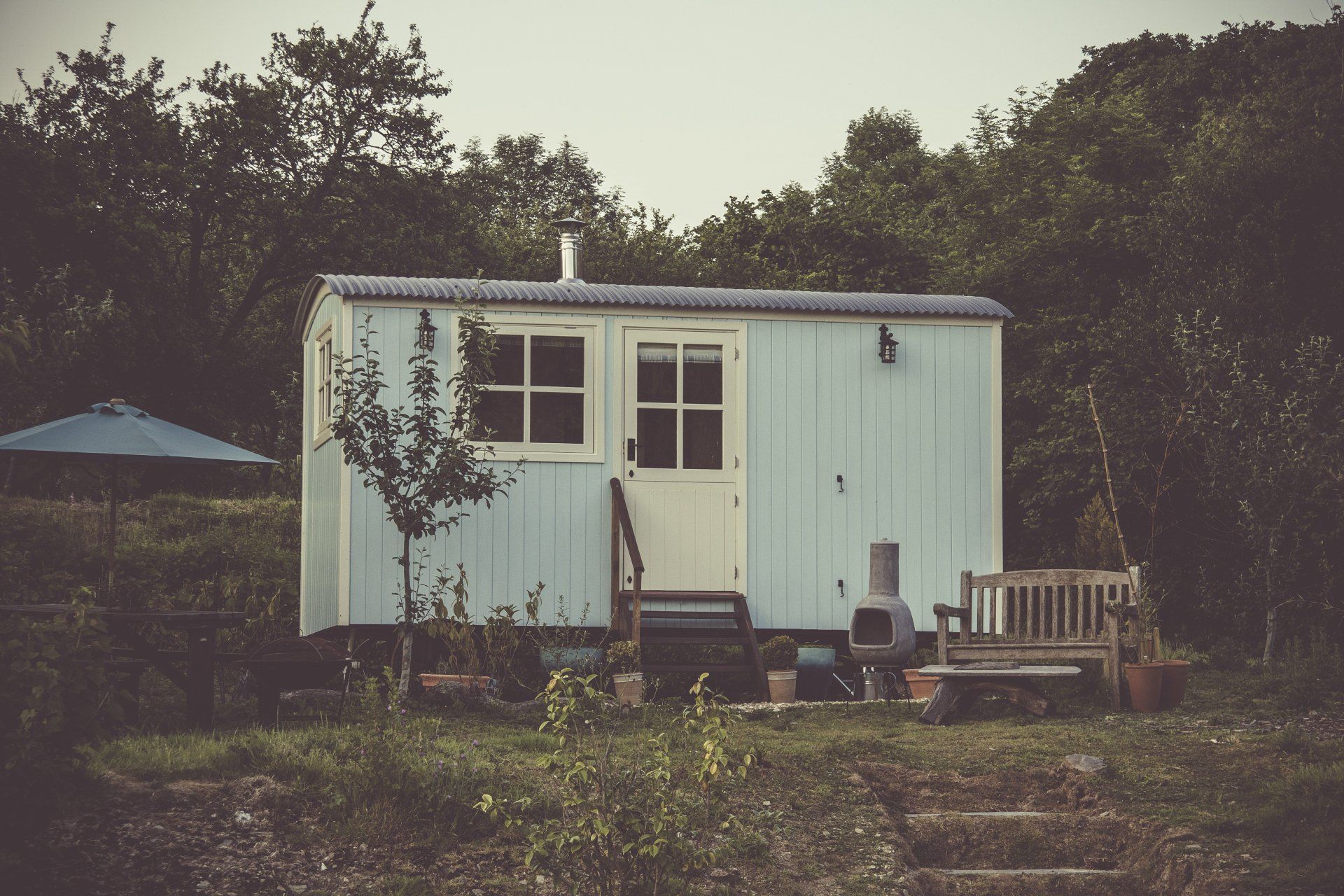Creating a Sustainable Home
Creating a Sustainable Home: Easy Steps for Eco-Friendly Living
As environmental awareness continues to grow, many individuals are seeking ways to adopt a more sustainable and eco-friendly lifestyle, starting with their homes. Creating a sustainable home not only benefits the environment but also promotes healthier living and can even save you money in the long run. In this blog post, we'll explore easy steps to transform your home into a more sustainable and eco-friendly haven.
1. Energy-Efficient Lighting
One of the simplest and most effective ways to make your home more sustainable is by switching to energy-efficient lighting. Replace traditional incandescent bulbs with energy-saving LED or CFL bulbs. These options consume less energy, last longer, and can significantly reduce your electricity bills over time.
Additional Tip: Install motion sensors or smart lighting systems to ensure lights are only in use when needed.
2. Water Conservation
Conserving water is a vital aspect of creating a sustainable home. Install low-flow faucets and showerheads to reduce water consumption. Fix any leaks promptly, as even minor leaks can waste a significant amount of water over time. Consider investing in water-efficient appliances, such as dishwashers and washing machines.
Additional Tip: Collect rainwater for watering plants and gardens, reducing the need for tap water.
3. Energy-Efficient Appliances
When it's time to replace household appliances, opt for energy-efficient models. Look for appliances with the ENERGY STAR label, indicating that they meet strict energy efficiency guidelines. Energy-efficient appliances not only reduce your carbon footprint but also lead to long-term savings on energy bills.
Additional Tip: Unplug electronic devices and chargers when not in use to prevent "phantom" energy consumption.
4. Proper Home Insulation
Well-insulated homes are more energy-efficient, requiring less heating and cooling. Check your home's insulation and seal any gaps or cracks. Invest in quality insulation materials for attics, walls, and floors. This not only helps maintain a comfortable indoor temperature but also reduces the strain on heating and cooling systems.
Additional Tip: Consider using eco-friendly insulation materials, such as recycled denim or sheep's wool.
5. Sustainable Flooring Choices
When renovating or installing new flooring, consider sustainable options. Bamboo and cork are popular choices due to their rapid renewability. Reclaimed wood and recycled materials, such as glass tiles or rubber, are also eco-friendly alternatives. Choose flooring options that are durable and require minimal maintenance.
Additional Tip: Look for flooring with certifications like the Forest Stewardship Council (FSC) label for sustainably sourced wood.
6. Natural and Non-Toxic Materials
Opt for natural and non-toxic materials in your home, especially when it comes to furniture, paints, and finishes. Choose furniture made from sustainable sources, such as reclaimed wood or bamboo. Use paints and finishes that are low in volatile organic compounds (VOCs) to improve indoor air quality.
Additional Tip: Consider indoor plants to naturally improve air quality by removing toxins and increasing oxygen levels.
7. Smart Thermostats and Home Automation
Investing in smart thermostats and home automation systems can significantly contribute to energy efficiency. Smart thermostats learn your heating and cooling preferences and adjust accordingly, optimizing energy usage. Home automation allows you to control lighting, heating, and security systems remotely, ensuring they are only in use when needed.
Additional Tip: Program your thermostat to adjust temperatures based on your daily schedule to minimize energy consumption.
8. Solar Panels and Renewable Energy
Harnessing solar power is a substantial step towards sustainable living. Consider installing solar panels on your roof to generate clean and renewable energy. In addition to reducing your reliance on the grid, some regions offer incentives or rebates for solar installations.
Additional Tip: Explore other renewable energy sources, such as wind or geothermal, depending on your location and resources.
9. Waste Reduction and Recycling
Implementing effective waste reduction and recycling practices is crucial for a sustainable home. Set up a recycling station for paper, plastic, glass, and metal. Compost organic waste to create nutrient-rich soil for your garden. Choose products with minimal packaging to reduce overall waste.
Additional Tip: Embrace the principles of the circular economy by repurposing or upcycling items instead of discarding them.
10. Community Engagement and Advocacy
Extend your commitment to sustainability beyond your home by engaging with your community and advocating for eco-friendly practices. Participate in local environmental initiatives, share knowledge about sustainable living, and support businesses that prioritize environmental responsibility.
Additional Tip: Join or start a community garden or sustainable living group to share ideas and resources with like-minded individuals.
In Conclusion
Creating a sustainable home is a journey that involves conscious choices and ongoing efforts. By adopting these easy steps, you can significantly reduce your environmental impact and contribute to a healthier planet. From energy-efficient lighting and water conservation to sustainable flooring and renewable energy sources, every small change adds up to make a meaningful difference. Embrace the journey toward eco-friendly living, and inspire others in your community to join you on the path to a more sustainable future. Happy sustainable living!
You might also like
Book a Service Today
We will get back to you as soon as possible
Please try again later




